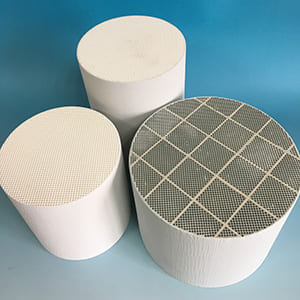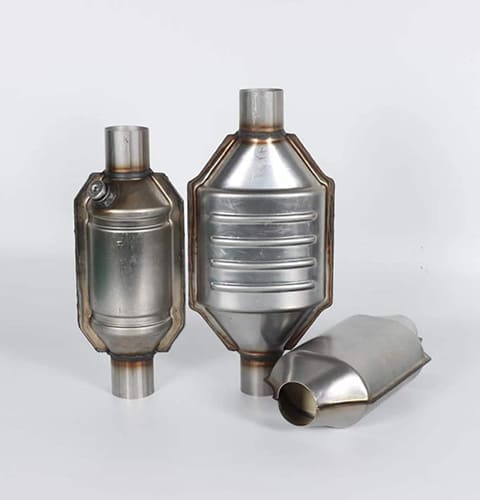Have you ever wondered what happens to the soot and particulate matter from diesel engines? How do vehicles manage to keep emissions under control? Have you heard about the catalyzed diesel particulate filter (cDPF) and its role in this process?
A catalyzed diesel particulate filter (cDPF) is an advanced emission control device that combines the functions of a standard DPF with a catalyst. This combination enhances the reduction of soot and particulate matter emissions from diesel engines. By integrating a catalyst into the DPF, these filters improve the efficiency of soot oxidation, allowing for passive regeneration at lower temperatures and reducing the need for active regeneration.
Understanding how a catalyzed DPF works and its benefits can help in appreciating its significance in modern emission control systems. Let’s dive deeper into the specifics.
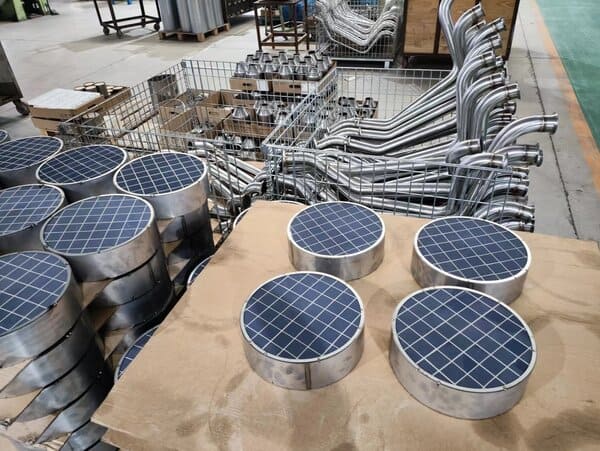
How does a Catalyzed DPF work?
A catalyzed DPF operates by filtering exhaust gases through a porous ceramic or metallic substrate that traps particulate matter (PM). The catalyst, often a precious metal like platinum or palladium, is coated onto the DPF substrate. This catalyst facilitates chemical reactions that convert carbon monoxide (CO), hydrocarbons (HC), and nitrogen oxides (NOx) into less harmful substances.
Key Functions:
- Filtration: The DPF traps soot and other particulates.
- Catalytic Reaction: The catalyst aids in converting harmful gases into less harmful ones.
- Regeneration: The trapped soot is oxidized, turning into carbon dioxide (CO2) and released, cleaning the filter.
The catalyst lowers the temperature at which soot burns off, enabling the DPF to regenerate passively during regular engine operation. This reduces the need for active regeneration, which usually involves injecting fuel into the exhaust stream to burn off soot at higher temperatures.
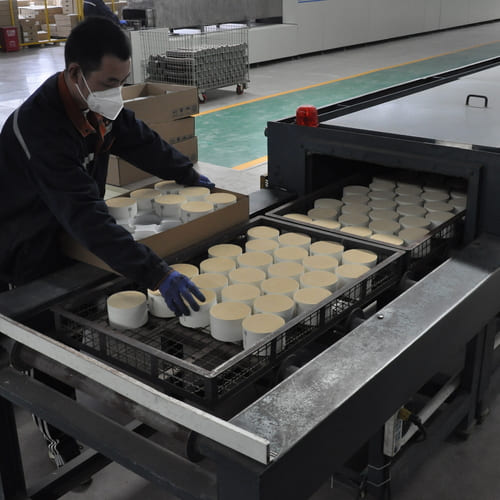
Why is Catalyzed DPF important?
Enhanced Emission Control
Catalyzed DPFs provide superior emission control compared to standard DPFs. By facilitating passive regeneration, they ensure continuous reduction of particulate emissions without frequent intervention.
Improved Fuel Efficiency
Since catalyzed DPFs often require less active regeneration, they help in saving fuel. Active regeneration involves burning extra fuel to raise exhaust temperatures, which can decrease overall fuel efficiency.
Reduced Maintenance
The self-regenerating nature of catalyzed DPFs means fewer instances of filter clogging and maintenance. This longevity translates to lower operational costs over time.
Compliance with Regulations
With stringent emission standards like Euro 6 and Tier 4, vehicles equipped with catalyzed DPFs can meet these regulations more effectively. This compliance is crucial for manufacturers and operators looking to avoid penalties and environmental impact.
How does a catalyzed DPF differ from a standard DPF?
A standard DPF primarily traps particulate matter but requires active regeneration at high temperatures. A catalyzed DPF incorporates a catalyst, which facilitates the oxidation of soot at lower temperatures, promoting passive regeneration.
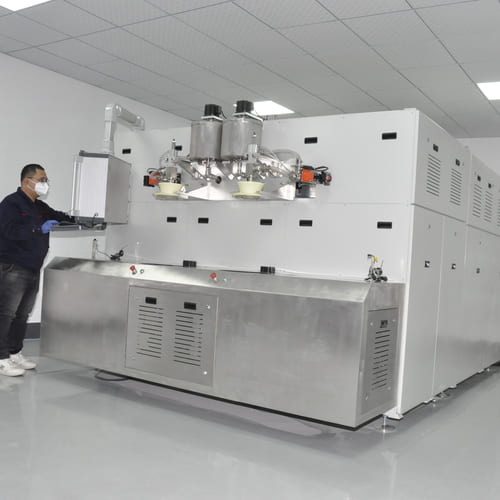
What are the benefits of passive regeneration?
Passive regeneration allows for continuous cleaning of the DPF during normal driving conditions. This process reduces the frequency and need for active regeneration, saving fuel and reducing maintenance.
Can a catalyzed DPF be retrofitted to older vehicles?
Yes, many manufacturers offer retrofit solutions for older vehicles to meet current emission standards. However, the compatibility and effectiveness depend on the specific engine and vehicle design.
What materials are used in catalyzed DPFs?
Cordierite and silicon carbide are common materials for the substrate of DPFs due to their durability and thermal stability. The catalyst is usually composed of precious metals like platinum, palladium, or rhodium.
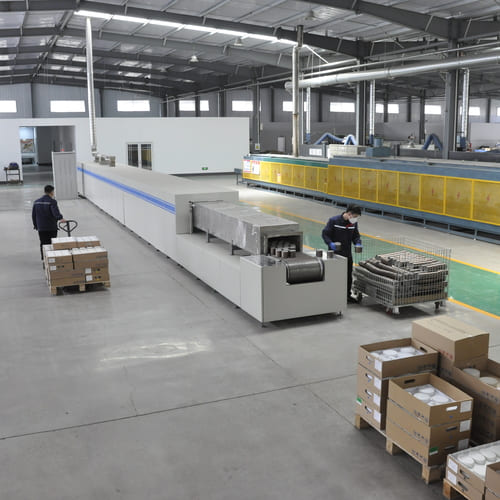
Conclusion
Catalyzed diesel particulate filters are a critical component in modern emission control strategies. By integrating a catalyst into the filter, they enhance the efficiency of soot oxidation and reduce the need for active regeneration. This not only helps in maintaining lower emissions but also improves fuel efficiency and reduces maintenance costs. As emission standards become increasingly stringent, the role of catalyzed DPFs in ensuring compliance and protecting the environment becomes ever more vital.

